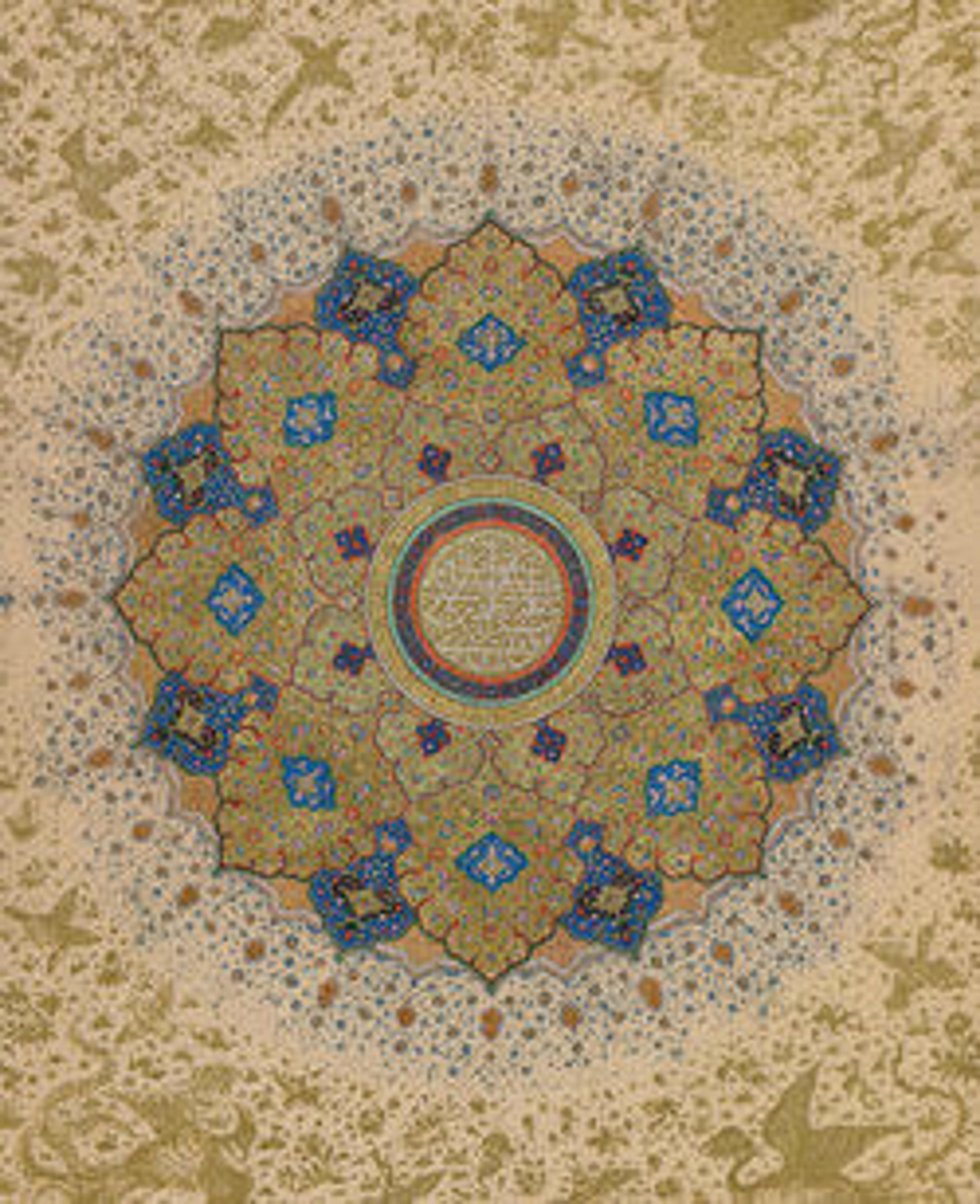Panel
The carved vine leaves, scrolls, border designs, and other details of this panel are typical of early Islamic woodcarving. The prominent six‑pointed star was a common decorative feature in Islamic art of all periods, as well as in Roman art.
Artwork Details
- Title: Panel
- Date: early 9th century
- Geography: From Iraq, probably Baghdad. Found Iraq, Takrit
- Medium: Wood (teak); carved
- Dimensions: H. 29 1/2 in. (74.9 cm)
W. 33 1/2 in. (85.1 cm)
D. 1 in. (2.5 cm)
Wt. 65 lbs. (29.5 kg) - Classification: Wood
- Credit Line: Rogers Fund, 1933
- Object Number: 33.41.1a–e
- Curatorial Department: Islamic Art
More Artwork
Research Resources
The Met provides unparalleled resources for research and welcomes an international community of students and scholars. The Met's Open Access API is where creators and researchers can connect to the The Met collection. Open Access data and public domain images are available for unrestricted commercial and noncommercial use without permission or fee.
To request images under copyright and other restrictions, please use this Image Request form.
Feedback
We continue to research and examine historical and cultural context for objects in The Met collection. If you have comments or questions about this object record, please contact us using the form below. The Museum looks forward to receiving your comments.
